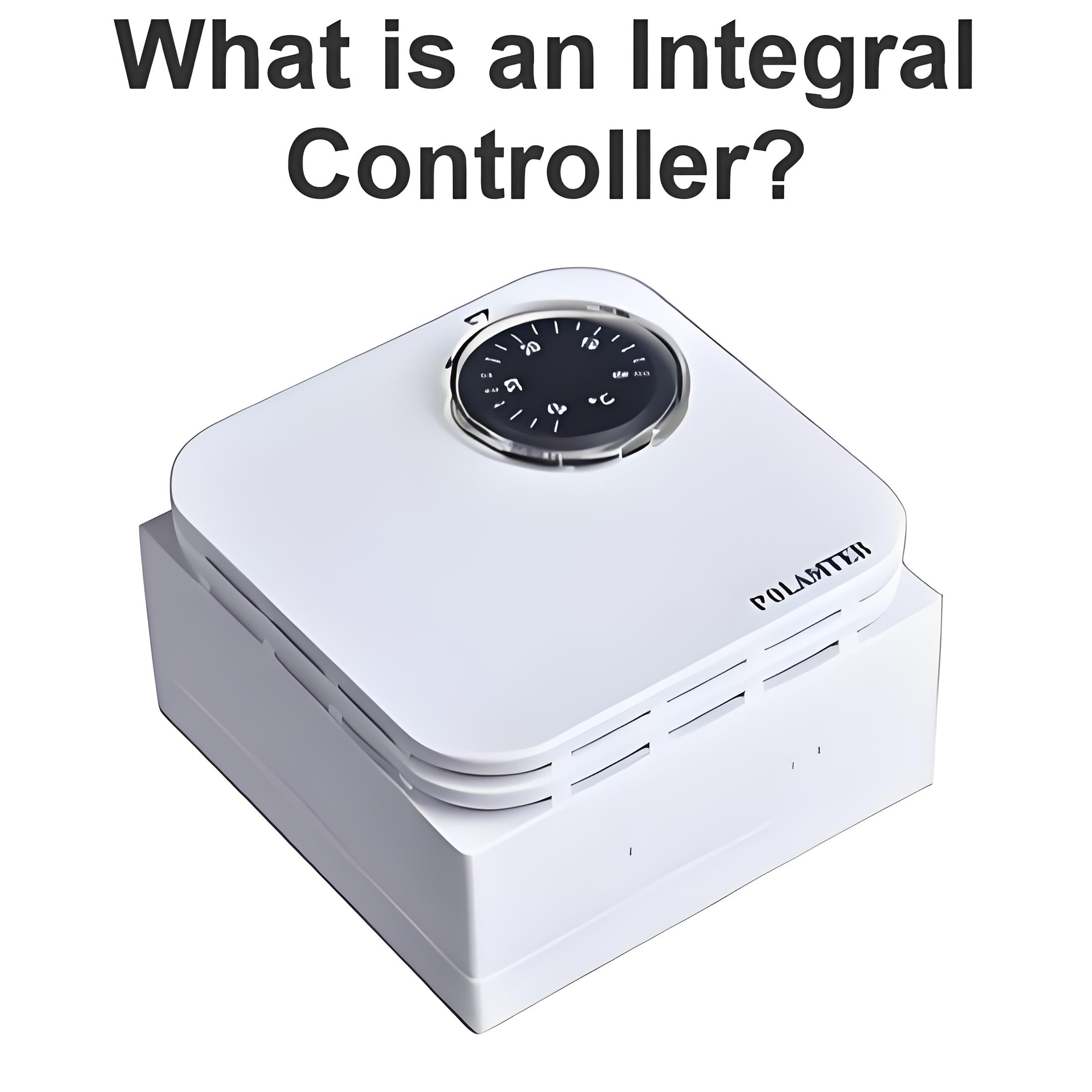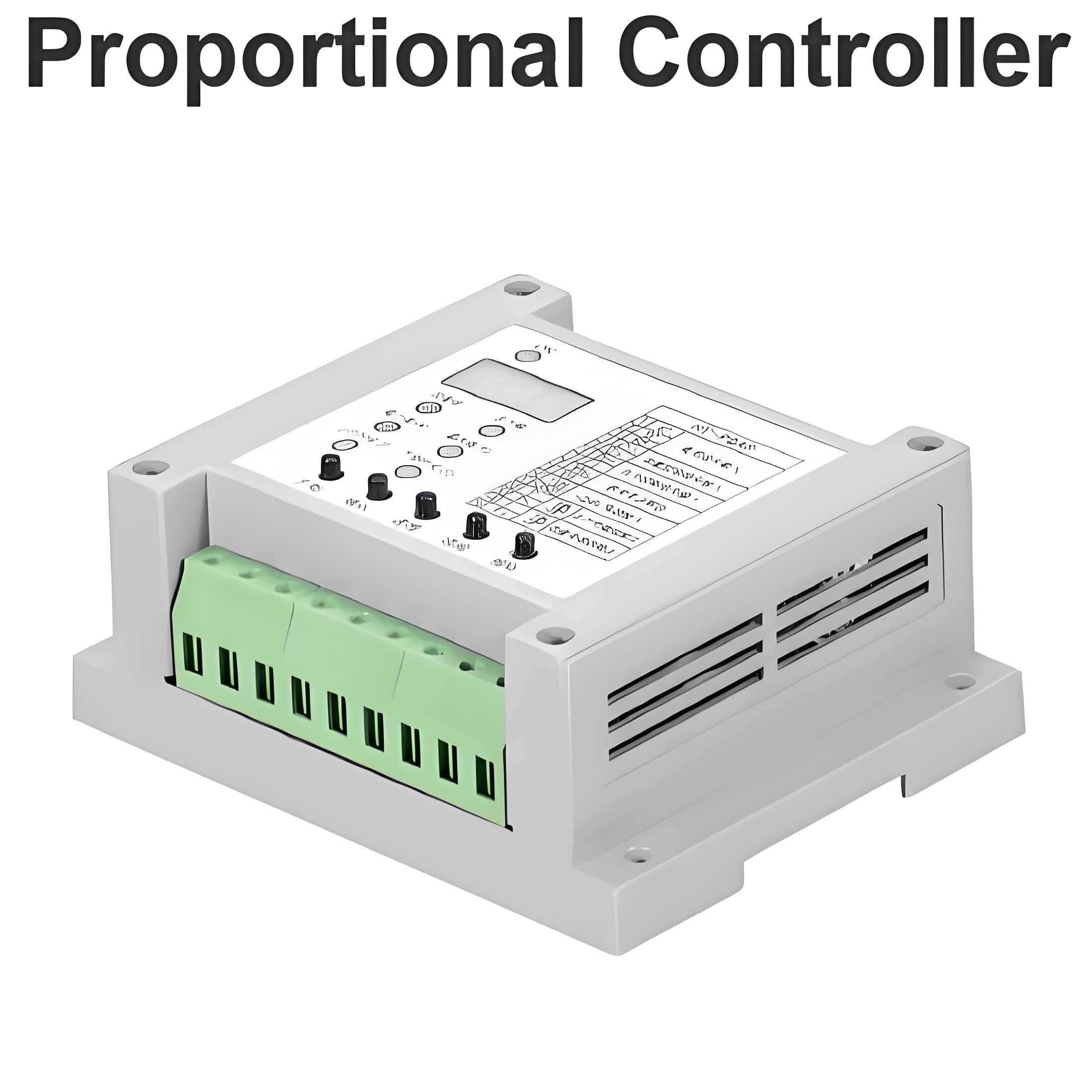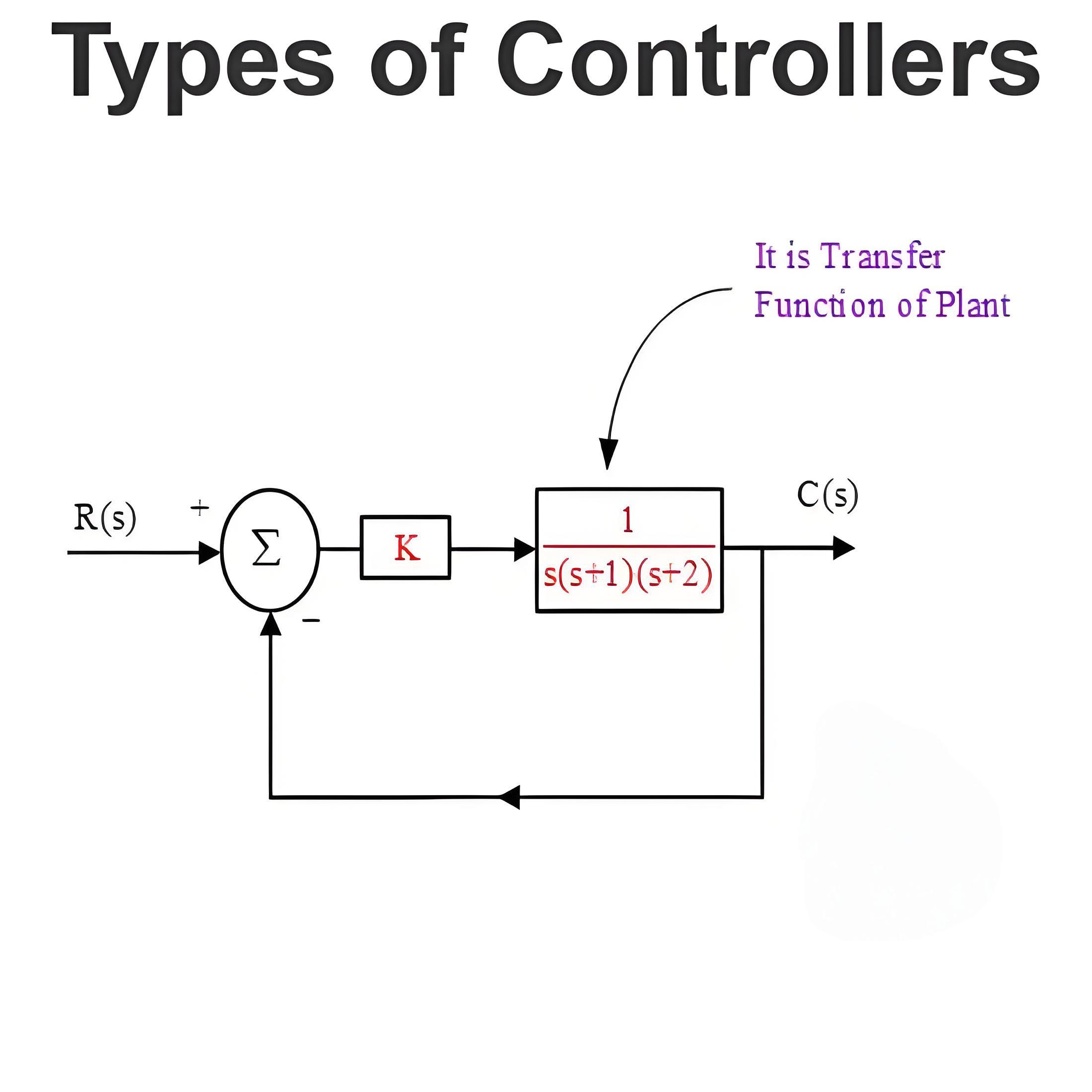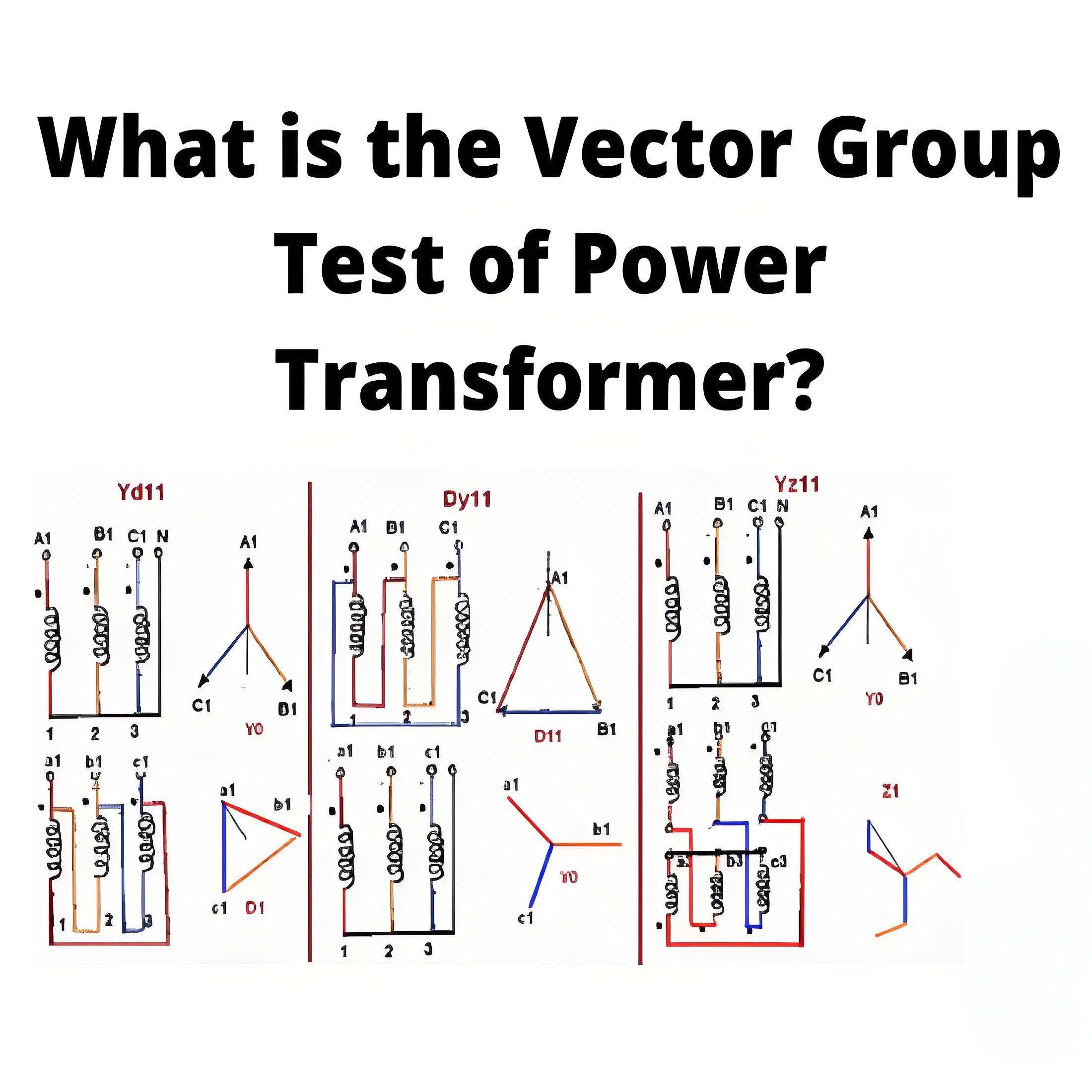What are Power Transmission Systems?
What are Power Transmission Systems?
Power Transmission Systems Definition
Power transmission systems transmit electrical power from generating stations to load centers where it is consumed.
Electric power transmission systems are the means of transmitting power from a generating source to various load centers (i.e. where the power is being used). Generating stations generate electrical power. These generating stations are not necessarily situated where the majority of the power is being consumed (i.e. the load center).
Distance isn’t the only factor for choosing a generating station’s location. Often, generating stations are far from where the power is used. Land further from high-density areas is cheaper, and it’s better to keep noisy or polluting stations away from residential areas. This is why power transmission systems are essential.
Electrical supply systems deliver power from generation sources, like thermal power station, to consumers. Power transmission systems, which include short transmission lines, medium transmission lines, and long transmission lines, move power distribution system. These systems then provide electricity to homes and businesses.
AC vs DC Transmission
Fundamentally there are two systems by which electrical energy can be transmitted:
High voltage DC electrical transmission system.
High AC electrical transmission system.
DC transmission systems advantages
Only two conductors are required for DC transmission system. It is further possible to use only one conductor of DC transmission system if the earth is utilized as the return path of the system.
The potential stress on the insulator of the DC transmission system is about 70% of the equivalent voltage AC transmission system. Hence, DC transmission systems have reduced insulation costs.
Inductance, capacitance, phase displacement and surge problems can be eliminated in DC system.
AC transmission systems disadvantages
The volume of conductor required in AC systems is much higher when compared to DC systems.
The reactance of the line affects the voltage regulation of the electrical power transmission system.
Problems of skin effects and proximity effects only found in AC systems.
AC transmission systems are more likely to be affected by corona discharge than a DC transmission system.
Construction of AC electrical power transmission network is more completed than DC systems.
Proper synchronizing is required before interconnecting two or more transmission lines together, synchronizing can totally be omitted in DC transmission system.
AC transmission systems advantages
The alternating voltages can easily be stepped up and down, which is not possible in DC transmission system.
Maintenance of AC substation is quite easy and economical compared to DC.
The transforming of power in AC electrical substation is much easier than motor-generator sets in a DC system.
AC transmission system disadvantages
The volume of conductor required in AC systems is much higher when compared to DC systems.
The reactance of the line affects the voltage regulation of the electrical power transmission system.
Problems of skin effects and proximity effects only found in AC systems.
AC transmission systems are more likely to be affected by corona discharge than a DC transmission system.
Construction of AC electrical power transmission network is more completed than DC systems.
Proper synchronizing is required before interconnecting two or more transmission lines together, synchronizing can totally be omitted in DC transmission system.
Constructing a Generating Station
During the planning of construction of generating station the following factors to be considered for economical generation of electrical power.
Easy availability of water for thermal power generating station.
Easy availability of land for construction of power station including its staff township.
For a hydropower station, there must be a dam on the river. So proper place on the river must be chosen in such a way that the construction of the dam can be done in the most optimum way.
For a thermal power station, easy availability of fuel is one of the most important factors to be considered.
Better communication for goods as well as employees of the power station also to be kept into consideration.
For transporting very large spare parts of turbines, alternators, etc., there must be wide roadways, train communication, and the deep and wide river must pass away nearby the power station.
For a nuclear power plant, it must be situated in such a distance from a common location so that there may be any effect from the nuclear reaction the heath of common people.
There are many other factors also we should consider, but there are beyond the scope of our discussion. All the factors listed above are difficult to be available at load centers. The power station or generating station must be situated where all the facilities are easily available. This place may not be necessary at the load centers. The power generated at the generating station then transmitted to the load center using an electrical power transmission system as we said earlier.
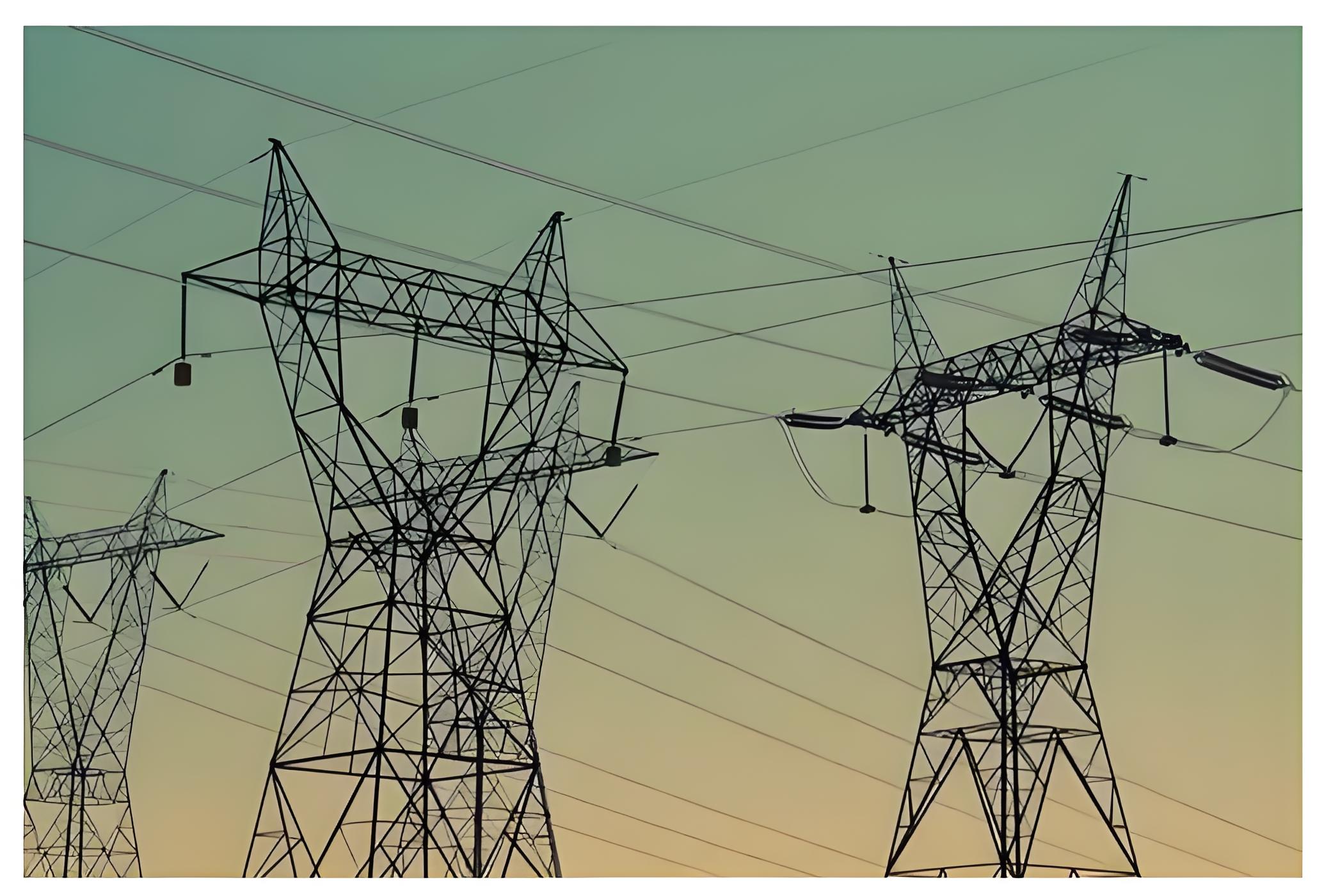
The power generated at a generating station is at a low voltage level, as low voltage power generation has some economic value. Low voltage power generation is more economical (i.e. lower cost) than high voltage power generation. At a low voltage level, both weight and insulation are less in the alternator; this directly reduces the cost and size of an alternator. But this low voltage level power cannot be transmitted directly to the consumer end because this low voltage power transmission is not at all economical. Hence although low voltage power generation is economical, low voltage electrical power transmission is not economical.
Electrical power is directly proportional to the product of electrical current and voltage of the system. So for transmitting certain electrical power from one place to another, if the voltage of the power is increased then associated current of this power reduces. Reduced current means less I2R loss in the system, less cross-sectional area of the conductor means less capital involvement and decreased current causes improvement in voltage regulation of power transmission system and improved voltage regulation indicates quality power. Because of these three reasons electrical power mainly transmitted at high voltage level.
Again at distribution end for efficient distribution of the transmitted power, it is stepped down to it’s desired low voltage level.
So it can be concluded that first the electrical power is generated at a low voltage level then it stepped up to high voltage for efficient transmission of electrical energy. Lastly, for the distribution of electrical energy or power to different consumers, it is stepped down to the desired low voltage level.
Welcome to our electricity community! Established to facilitate the exchange and cooperation in the electricity industry and bridge professionals, enthusiasts, and related enterprises.


